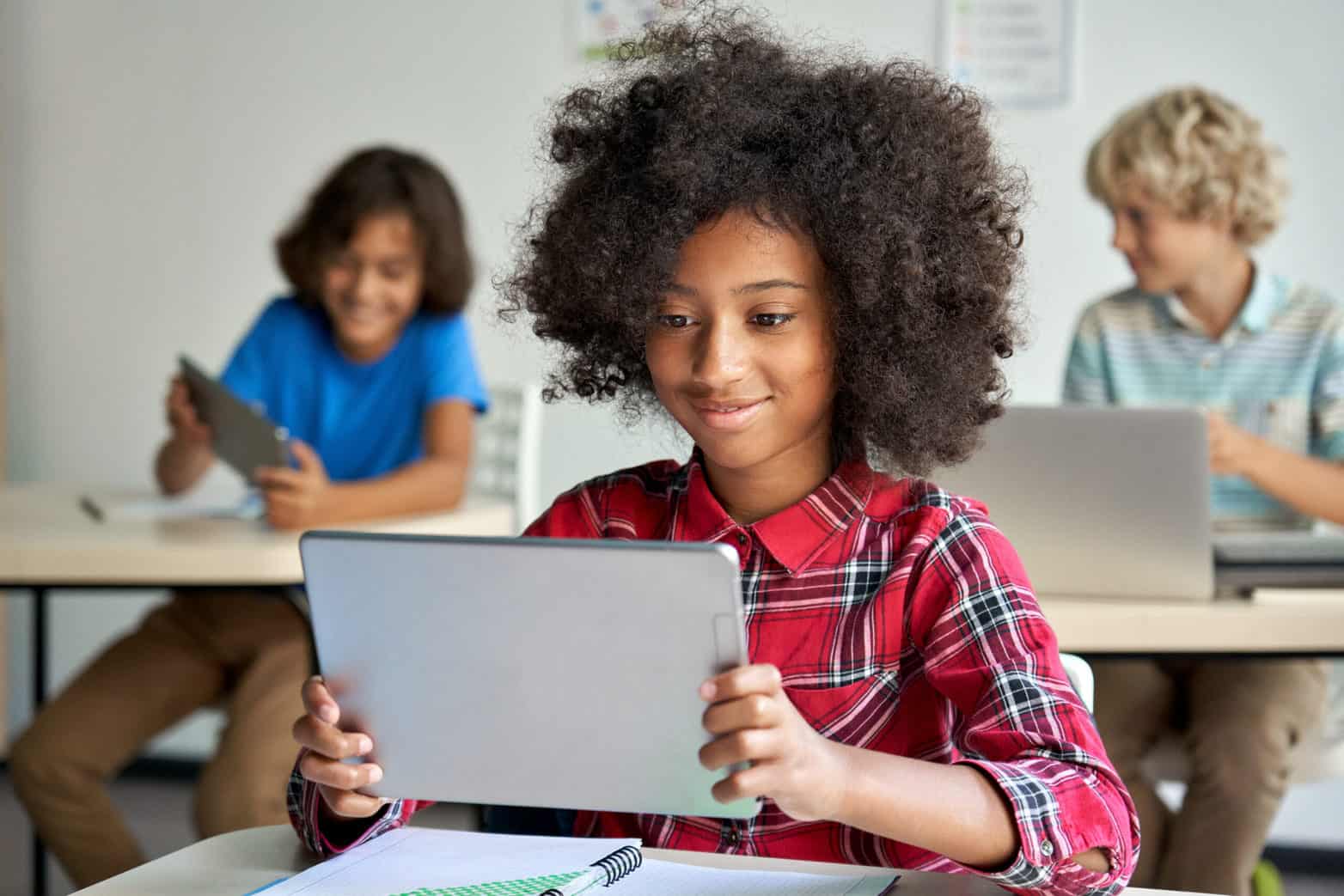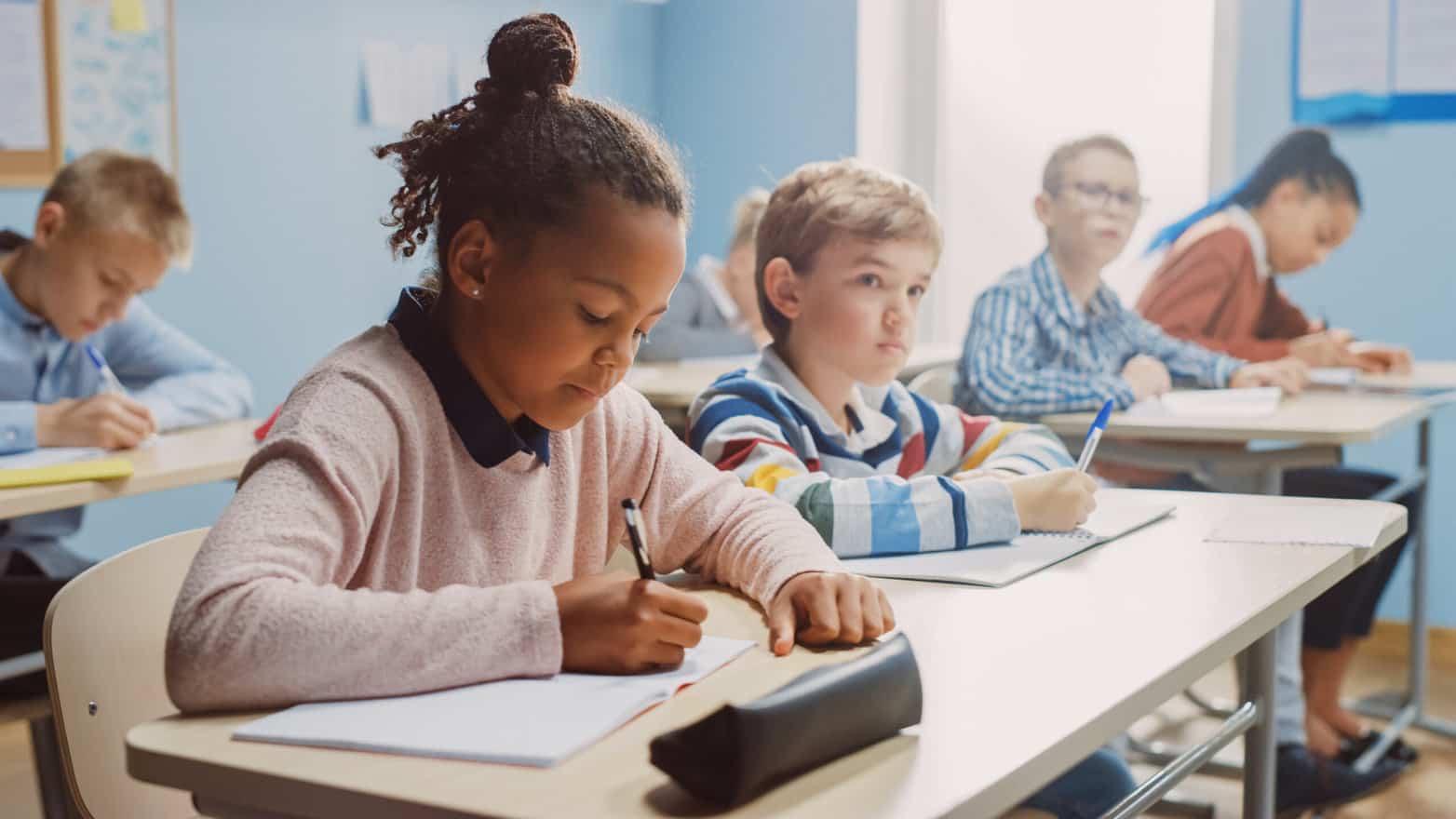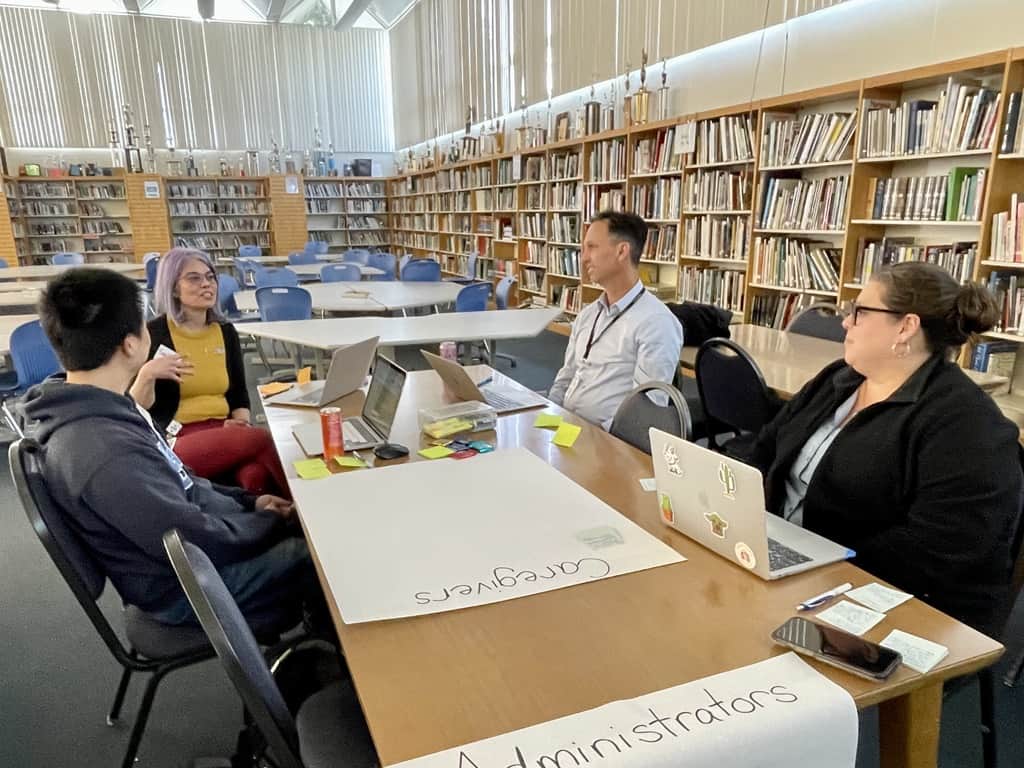The role of students’ cultural identities in the classroom
“The primary aim of culturally relevant teaching is to assist in the development of a ‘relevant black personality’ that allows African American students to choose academic excellence yet still identify with African and African American culture.” – Dr. Gloria Ladson-Billings, The Dreamkeepers
Gloria Ladson-Billings has named cultural competence as the most challenging of the three tenets of culturally relevant teaching to clearly convey to educators. While many incorrectly assume that cultural competence is about increasing white educators’ tolerance and understanding of other cultures, Dr. Ladson-Billings has defined it as a sort of “biculturalism” for students who are not part of the dominant culture. In her seminal essay, “Yes, But How Do We Do It?” she writes that her “sense of cultural competence refers to helping students to recognize and honor their own cultural beliefs and practices while acquiring access to the wider culture.”
The concept of welcoming students’ cultural identities into the classroom is corroborated by work from a number of scholars, such as Moll et al.’s (1992) conceptualization of “funds of knowledge,” Zaretta Hammond’s work describing culturally responsive teaching and results from learning science have also pointed to the importance for educators to know, acknowledge, and incorporate elements of students’ culture in the course of instruction.
But it is important to note that cultural competence, as part of culturally relevant pedagogy, involves more than just incorporating students’ culture into the classroom. Dr. Ladson-Billings continues:
Teachers who foster cultural competence understand that they must work back and forth between the lives of their students and the life of the school. Teachers have an obligation to expose their students to the very culture that oppresses them. That may seem paradoxical, but without the skills and knowledge of the dominant culture, students are unlikely to be able to engage that culture to effect meaningful change. (p. 36)
Thus, through a focus on building cultural competence, students’ cultural identities are welcomed and affirmed, while at the same time, the knowledge and skills of the dominant culture are analyzed and demystified. Students should feel their own cultures honored while gaining “access to the wider culture.”
The role of curriculum
Standards-aligned instructional materials hold the potential to be a powerful tool for student learning. Designed to be aligned to college- and career-readiness standards and present a coherent sequence of learning for students across multiple years, these instructional materials can be vital not only for the creation of effective learning environments, but also to free up educators’ time for analyzing student work, instructional preparation, and other important activities.
Yet when held up against the notion of cultural competence, however, key questions emerge:
- What adaptations are necessary in order to involve students’ culture in the course of instruction with standards-aligned instructional materials?
- How can a set of materials, steeped in the skills and knowledge of the dominant culture, be used in a way that doesn’t diminish the skills and knowledge students already possess?
- What is the role of the teacher in planning and delivering instruction using standards-aligned instructional materials to build cultural competence?
It is important to tackle these, as well as other questions, when considering how standards-aligned instructional materials can be used in service of culturally relevant pedagogy.
What are we learning?
In our work with educators, we have begun to uncover some of the tangible ways that they build cultural competence, shedding important light on how we can foster culturally relevant teaching in the context of standards-aligned instructional materials. Here are some of the key ideas we have synthesized from our empathy interviews:
- Learn about students. “I think it really involves looking at my students. At its core, it is about a strong classroom community and getting to know my students and their families.” Educators that we talk to emphasize the importance of getting to know their students, as well as their families. Drawing students’ culture into the classroom has to begin there. Student and family surveys, introductory and ongoing phone calls and text messages, and family events at school are all ways that we can learn about our students: their lived experiences, their interests, their culture, and their knowledge.
- Family partnerships. “As an educator now, I invite parents in as an expert on anything, whether it’s something relevant to their culture, their traditions, their race, their language. So making sure that I’m building up these families as well, and trying to partner, and help them partner, with their child in this academic journey.” Beyond mere knowledge, educators also speak of a genuine partnership with families that is based on respect. By inviting parents in as experts, important bonds are formed; in addition, the family’s culture is also brought into the classroom and celebrated.
- Flexibility and choice. “But there has to be freedom to explore what works for you, and there has to be flexibility in process and product so students actually want to do what you’re asking them to do because it benefits them. Not because it benefits you.” – Lauren Scott
Another move educators describe is bringing freedom and flexibility into the classroom. While an aligned curriculum shows clear targets for grade-level learning, there is room for adaptations that allow students choice in both process and product in service of grade-level goals. These adaptations ensure that students still have opportunities to achieve grade-level learning goals, but give them options that may honor their home language, culture, and traditions. - Metacognition. “I allow students to sort of question a little bit more and talk about who maybe is being left out.” Another move that educators make to ensure that working with standards-aligned instructional materials does not unintentionally marginalize their students is to offer space for reflection, questioning, and critique. This affirms what students most likely already notice: that their racial, cultural, or linguistic identity may not be represented in the curriculum in a way that honors their full humanity.
- Constant reflection. “Unless we’re engaging teachers in a constant state of revising curriculum, unless we’re saying, ‘Okay, what new thing that I learned about my kids, how can I revise my methods, my assessment?’ it doesn’t matter what’s on paper in the curriculum.” – Kisha Howell
Reflection and revision are key aspects of building cultural competence. Learning about students never ends, and responding as we learn about their lives, cultures, passions, and interests shouldn’t end either. Ongoing reflection will continuously generate new ideas for how to build students’ cultural competence.
Building students’ cultural competence is a critical part of culturally relevant pedagogy, while the use of standards-aligned instructional materials also has the potential to engage students with cognitively-demanding tasks in service of college- and career-readiness. Through thoughtful reflection, adaptation, and above all, getting to know our students, we can use standards-aligned materials while still striving for cultural competence in our classrooms.





